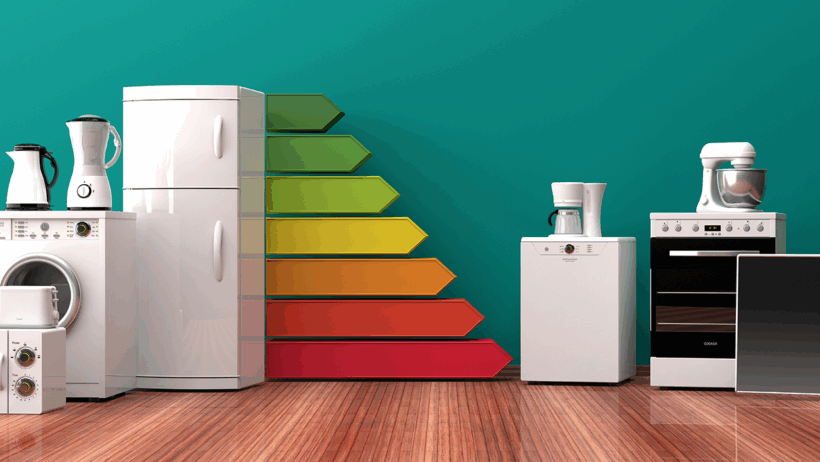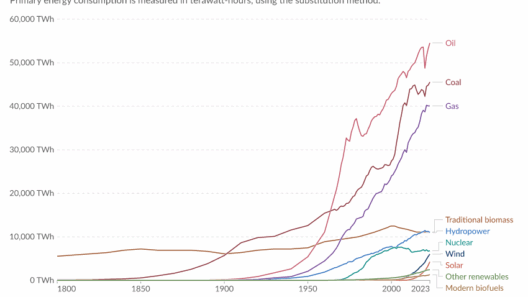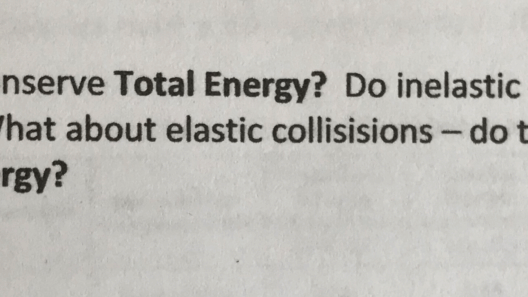In an age marked by mounting environmental concerns, it has become increasingly vital for individuals to recognize the role they play in conserving electrical energy at home. A profound shift in perspective is necessary—not just to lower utility bills, but to partake in a larger movement aiming to mitigate climate change. Herein lies an avenue for individual empowerment: energy conservation. By adopting simple yet effective strategies, we can collectively make a substantial impact on our planet’s health. Below are ten innovative hacks for conserving electrical energy right from the comfort of your dwelling.
1. Embrace Energy-Efficient Appliances
When purchasing new appliances, consider those adorned with the Energy Star label. These devices are rigorously tested and designed to use significantly less energy than their traditional counterparts. Energy-efficient appliances not only reduce your electricity expenditure but also decrease greenhouse gas emissions, making them a dual boon for both your wallet and the environment. Look for modern refrigerators, dishwashers, and washing machines that offer improved performance while employing less energy.
2. Optimize Lighting Solutions
Switching from incandescent bulbs to LED or CFL options can yield remarkable energy savings. Incandescent bulbs are notorious for wasting a significant amount of energy as heat. Conversely, LEDs and CFLs are not only longer-lasting but also consume a fraction of the energy, offering robust illumination with minimal impact. Additionally, harnessing natural light during the day by positioning mirrors strategically can further reduce your reliance on artificial lighting.
3. Master Smart Thermostat Technology
Investing in a smart thermostat can revolutionize your approach to heating and cooling. These devices learn your schedule, adjusting your home’s temperature based on your habits. By automating heating and cooling cycles when you’re not home or during nighttime hours, you can maintain comfort while conserving energy. This technology helps optimize energy usage, leading to reduced consumption without sacrificing comfort.
4. Seal and Insulate Your Home
Heating and cooling often account for a substantial portion of residential energy consumption. To combat this, ensure that your home is properly insulated. Inspect doors, windows, and any cracks where air might escape or enter. Employ weatherstripping and caulking to seal leaks, and consider adding insulation to attics and basements. This proactive measure helps maintain a stable indoor temperature, reducing the reliance on heating and cooling systems.
5. Unplug Unused Electronics
Did you know that many electronics continue to draw power even when turned off? This phenomenon, commonly known as “phantom load” or “vampire energy,” can lead to significant energy wastage over time. To combat this, unplug devices such as chargers, televisions, and computers when they are not in use. A smart power strip can also be a practical solution; it can detect when devices are idle and cut off their power supply, thus preventing unnecessary energy consumption.
6. Practice Mindful Water Heating
Water heating constitutes a substantial share of energy use in the home. To mitigate this, lower your water heater’s temperature to a warm setting—typically around 120°F (49°C)—to decrease energy usage without sacrificing comfort. Additionally, consider insulating hot water pipes to reduce heat loss. These small adjustments can contribute measurably to energy conservation efforts.
7. Cultivate an Energy-Conscious Routine
Adopting a lifestyle infused with energy consciousness can lead to impactful results. Simple habits such as turning off lights when leaving a room, using cold water for laundry, and running dishwashers at night can cumulatively add up to noticeable energy savings. Establishing these habits not only fosters energy conservation but can also instill a heightened awareness among family members and friends, further propagating the message of sustainability.
8. Optimize Refrigerator Efficiency
Your refrigerator is a 24/7 energy consumer. To optimize its efficiency, ensure that the temperature is set correctly—around 37°F (3°C) for the refrigerator and 0°F (-18°C) for the freezer. Additionally, regularly check door seals to confirm their integrity; a compromised seal can lead to energy wastage. Organizing the refrigerator efficiently, so that it is not excessively opened frequently, can also prevent cold air loss.
9. Rethink Heating Solutions
For those with traditional heating systems, consider alternative solutions such as programmable thermostats that can efficiently manage heating schedules based on occupancy. Supplementing heating with programmable electric blankets can also provide personalized warmth without over-relying on central heating. Furthermore, utilizing space heaters in occupied rooms instead of heating the entire house can lead to dramatic reductions in energy consumption.
10. Switch to Renewable Energy Sources
Lastly, consider the revolutionary potential of renewable energy sources. Depending on geographical location, installing solar panels can provide long-term savings on electrical costs while significantly reducing your carbon footprint. Additionally, explore energy suppliers that offer 100% renewable energy options. By opting for green energy sources, you not only minimize environmental impact, but you also support the burgeoning industry of sustainable technology.
In conclusion, the journey towards energy conservation is multifaceted and entails both individual commitment and systemic change. By implementing these ten hacks, you pivot from passive consumerism to active stewardship of our planet’s resources. Energy efficiency is not merely a necessity for economic prudence; it is a moral imperative in our collective fight against climate change. Your actions, however small, hold the transformative power to ignite a significant paradigm shift—one home at a time.








